WHAT ARE THE BEST WAYS TO GRILL FILET MIGNON?
edited 7/5/2023
WHAT ARE THE BEST WAYS TO GRILL FILET MIGNON?
The filet mignon is the softest, most tender cut of a steak. It comes from the tip of the tenderloin. It's a lean, rarely used muscle that runs along the middle of the cow’s back. The tenderloin’s idleness is what makes it so tender and provides its name - “tender loin”.
It is also among the most expensive steak cuts because there is so little of it present on the cow. A full beef tenderloin will weigh anywhere from six to eight pounds. Once cut into individual steaks, the beef tenderloin will yield 10-12 1-½ inch thick filet mignon steaks.
Do not let the filet mignon’s high expense or tenderness intimidate you. Like all steaks, cooking the perfect filet mignon is about knowledge, preparation, and simple execution. Mr. Steak is going to make you a master at cooking this delicious cut of beef.

THE FILET MIGNON, PURE AND SIMPLE
When it comes to steak, quality matters. The steak you buy at the grocery store is most likely USDA Select. Same with the steak that many of our competitors, who do not specify their grading, sell. Be wary of anything calling itself Premium or other branded terms.
Nothing can ever replace the USDA's grading for its reliability on the quality of your beef. At Mr. Steak, we ONLY sell 28-day wet-aged USDA Prime filet mignons.
The difference between USDA Prime and USDA Choice or Select is huge. Mr. Steak's USDA Prime beef features the top 2-3% of all beef in the country. These are the same wet-aged steaks served in the nation's finest steakhouses.
When the USDA grades beef, the biggest thing they look at is the steak's marbling. Marbling refers to the amount of fat lines running through the beef. More marbling means more flavor, more juiciness, and more tenderness. Mr. Steak prides ourselves on the epic amounts of marbling in our steaks, including our filet mignons.
The USDA also considers the age of the cattle, and the look and shape of the cut when they grade beef.
Now that we've covered quality, let's discuss the cut of beef itself. The filet mignon differs from other steak cuts in its tenderness, leanness, and subtlety of flavor. Its opposite is the ribeye, which is tougher, fattier, and bolder in flavor. Mr. Steak loves them both; they’re just different experiences.
PREPARING FILET MIGNON
One or two days before your meal, transfer your filet mignons from your freezer to your refrigerator. This allows the steaks to thaw. Then, a few hours before cooking, take the steaks out of the refrigerator and set them covered on the counter. This brings them to room temperature.
It's very important to wait until your steak reaches room temperature before cooking it. With a thick cut like the filet mignon it is especially important. If your steak is frozen or cold when you place it on the heat source, it will not to cook evenly.
While thawing, keep your steaks in our vacuum seal so that they do not have contact with the open air. You don't want to risk bacteria growing on your steak in the few hours that it is thawing.
Once thawed, season your filet mignons with a generous amount of your favorite steak seasoning. Mr. Steak's Power Pepper is my favorite, but you can never go wrong with salt and black pepper. That is all the filet mignon recipe you need—keep it simple, but do the simple parts right.
Prepare your other dishes which complement your steak but have a longer cook time, beforehand. The filet mignon’s cook time is short, roughly 5 minutes on each side, depending on your desired doneness.
GRILLING FILET MIGNON (COOK TIME: 10-20 MINS)
Preheat the grill to the highest setting. Allow it to reach its peak temperature before placing your filet mignons on the grill grates. A charcoal grill will take longer to heat up, but will reach a higher temperature than most “blue-flame” grills. Infrared grills will heat the quickest and get the hottest.
All of these cooking methods feature indirect heat, as opposed to pan seared cooking, which we’ll cover next. With both methods, using high heat will char the outside of the steak and leave the inside juicy and tender.
Don't forget to use a timer and a meat thermometer. These tools will help you achieve the perfect filet mignon every time.
Mr. Steak’s idea of a perfect filet mignon is rare. That's an internal temperature to 125°-130°, and on his grill, that's about 5 minutes on each side.
You may prefer a medium rare steak with an internal temperature of 130°-140°, or a medium steak, 140°-150°. That's why we recommend using a timer and a meat thermometer. Your cook time will vary depending on the heat of your grill and the thickness of your steak. Put the meat thermometer in the center of the steak to gauge the proper internal temperature.
Once you remove your filet mignon from the grill, do not cut into it right away. Let it rest for 4-6 minutes so that the juices migrate back toward the center.
PAN SEARED FILET MIGNON (COOK TIME: 20 MINS)
Another method of cooking the perfect filet mignon is by using a cast iron skillet. As opposed to grilling, which uses indirect heat, pan searing uses direct heat, so the steak sizzles in its own fat. This locks in the flavors and provides a beautiful crust.
With this method, you may add butter, garlic, and herbs to the pan. These infuse your filet mignon with additional flavors not possible in the grilling method. This allows for more inventive filet mignon recipes.
Steak preparation is the same using the pan seared method versus the grilled cooking method when cooking filet mignon. Thaw the steak to room temperature, and add seasoning, such as salt and pepper
Heat you skillet, preferably a cast iron skillet, to the highest possible temperature. Melt a mixture of butter, oil and herbs in the skillet. Remember to use high-smoke point oil such as canola, not olive oil.
Place the filet mignon on the skillet and cook for about 5 minutes per side (for 1-½ inch thick steaks). This will give you a nice medium rare steak with an internal temperature of 130°-140°.
Finish the steak by basting butter on top to add extra flavor. Take the filet off to skillet and let it sit for 4-6 minutes. Enjoy!


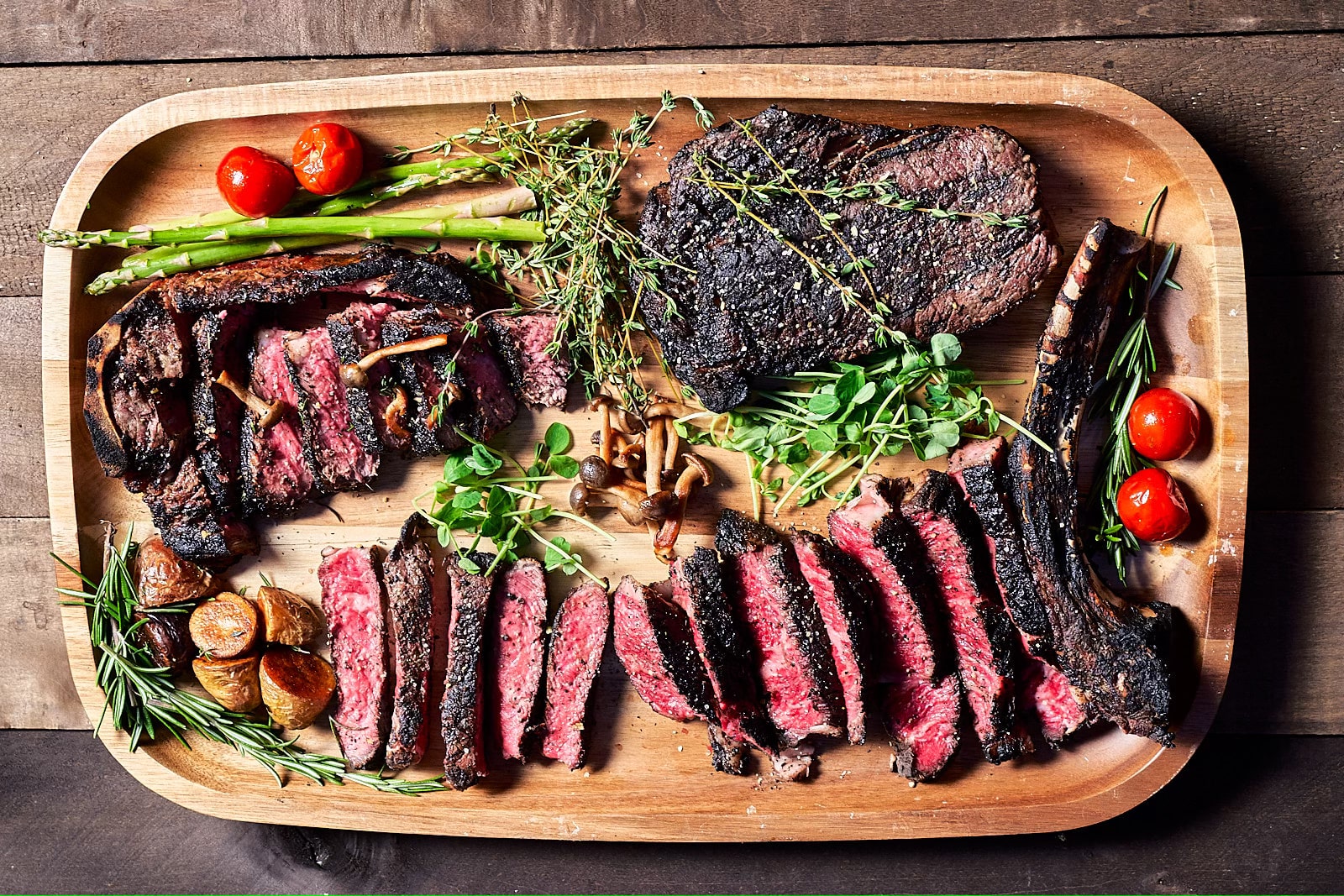
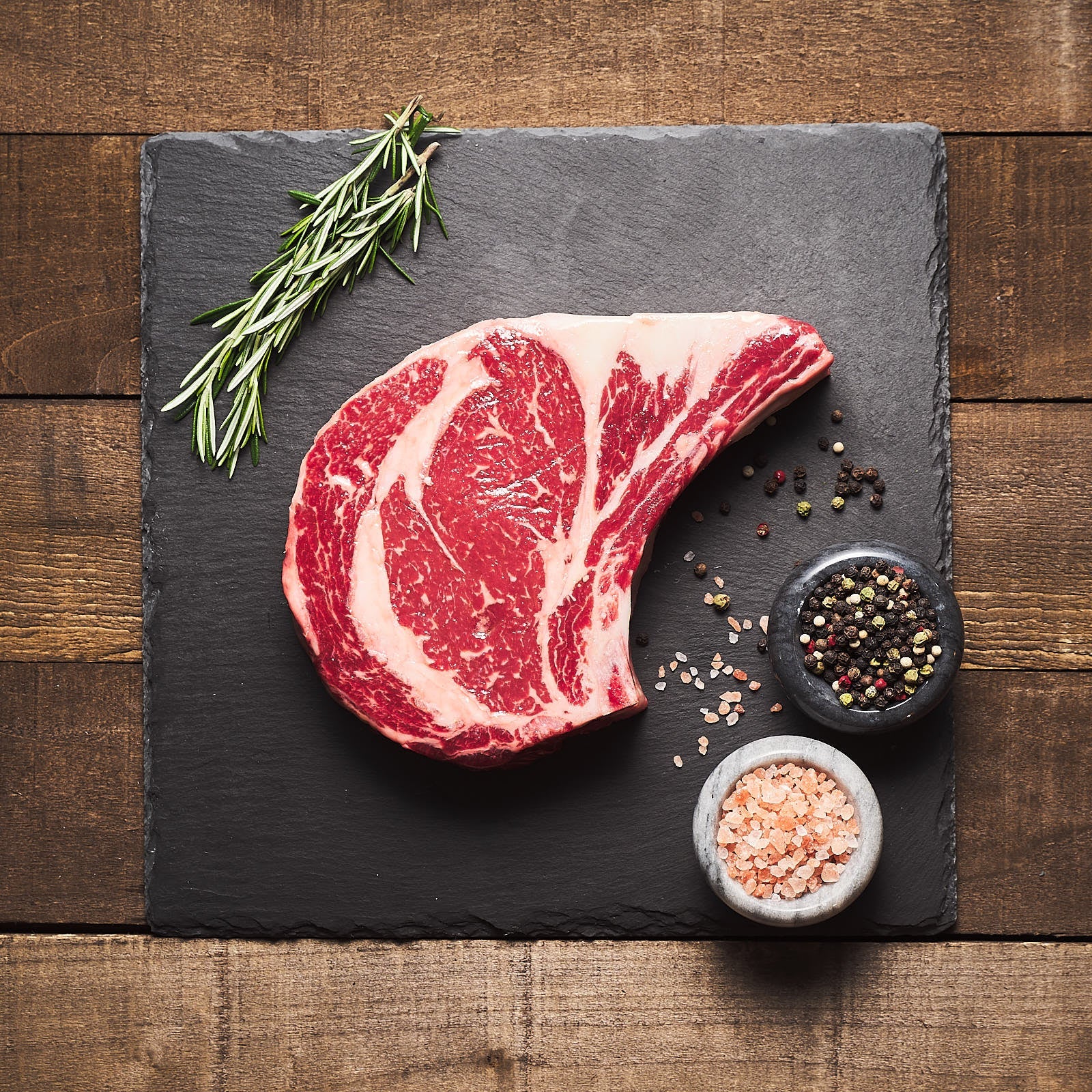
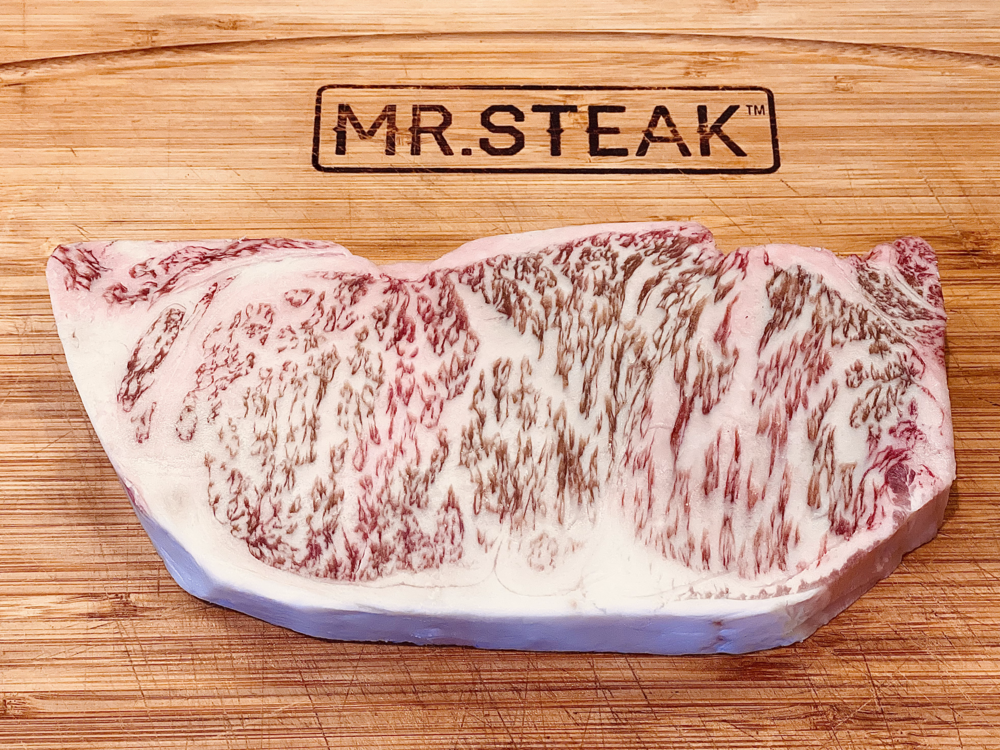
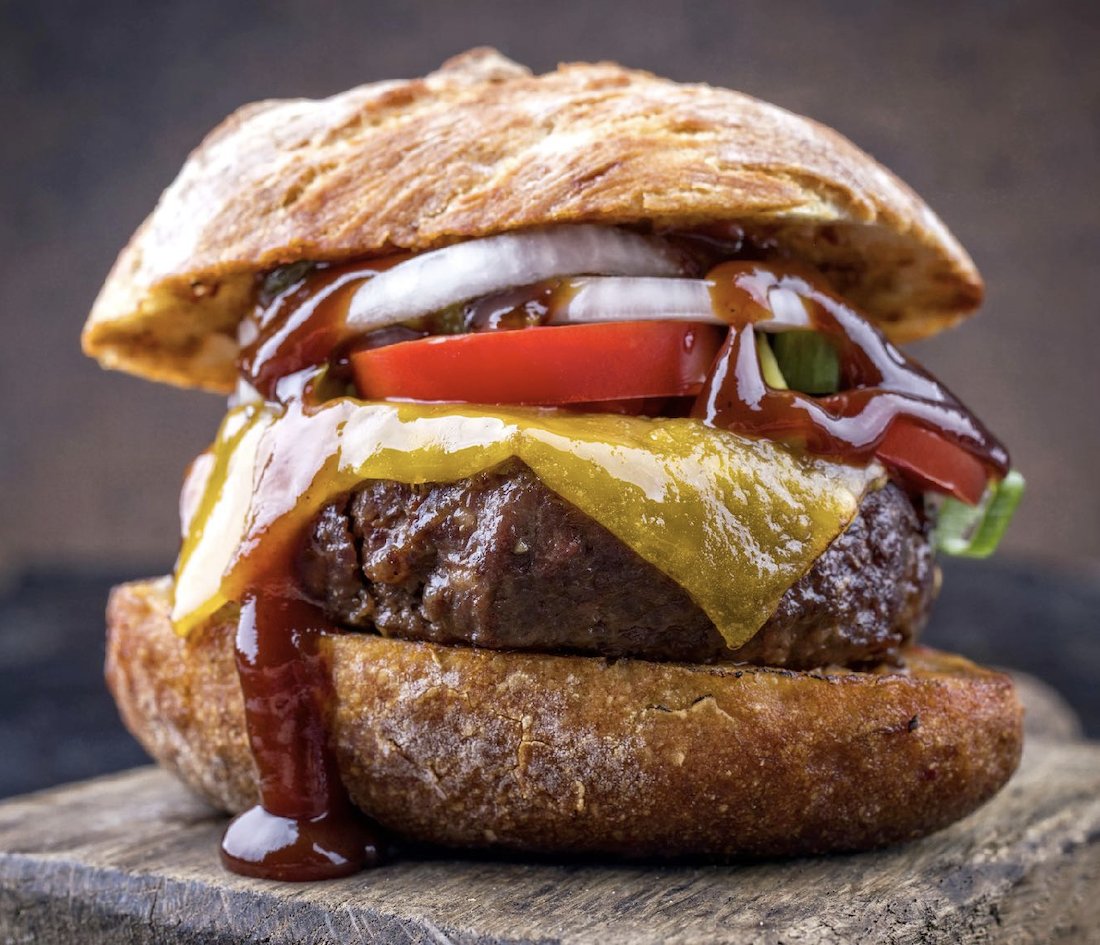




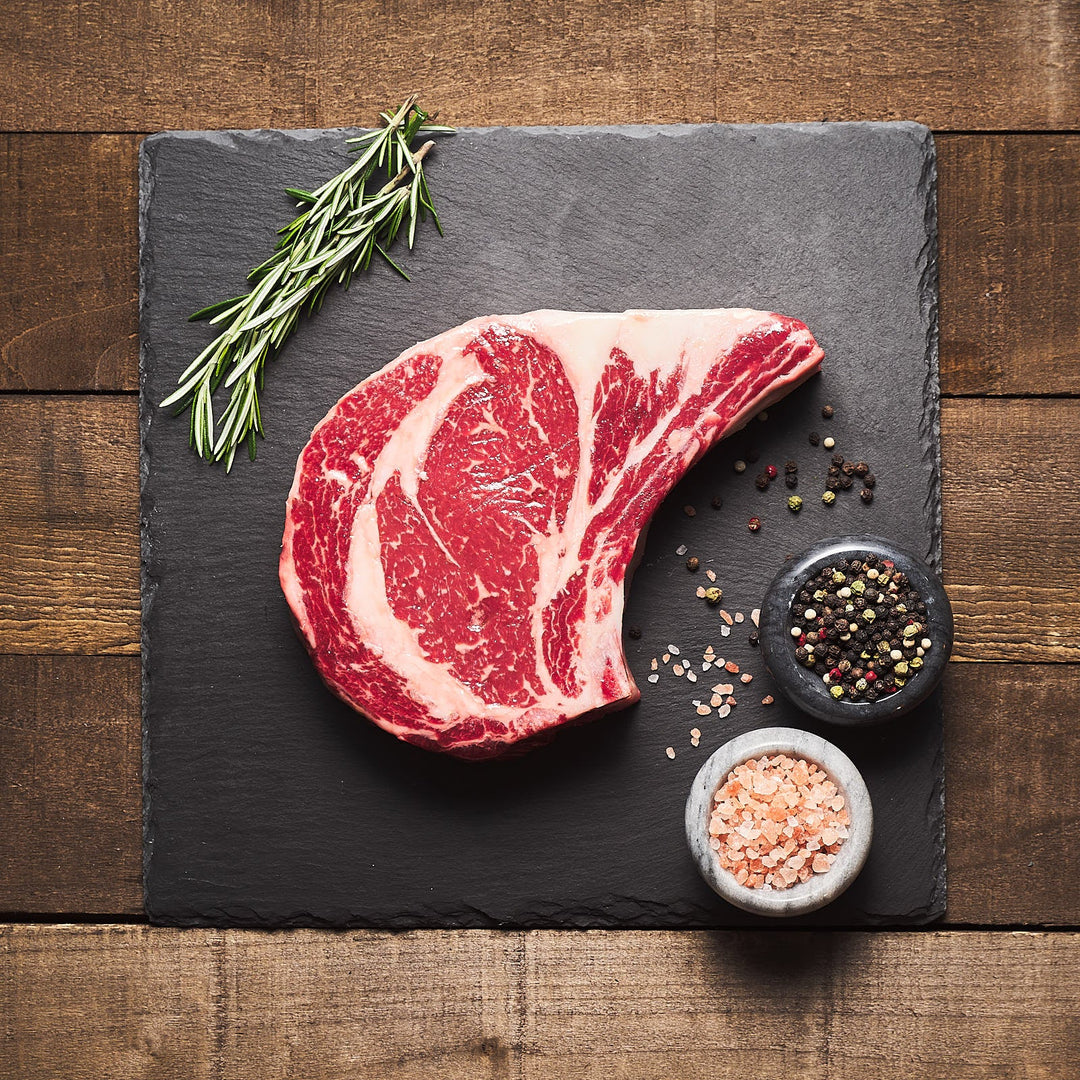
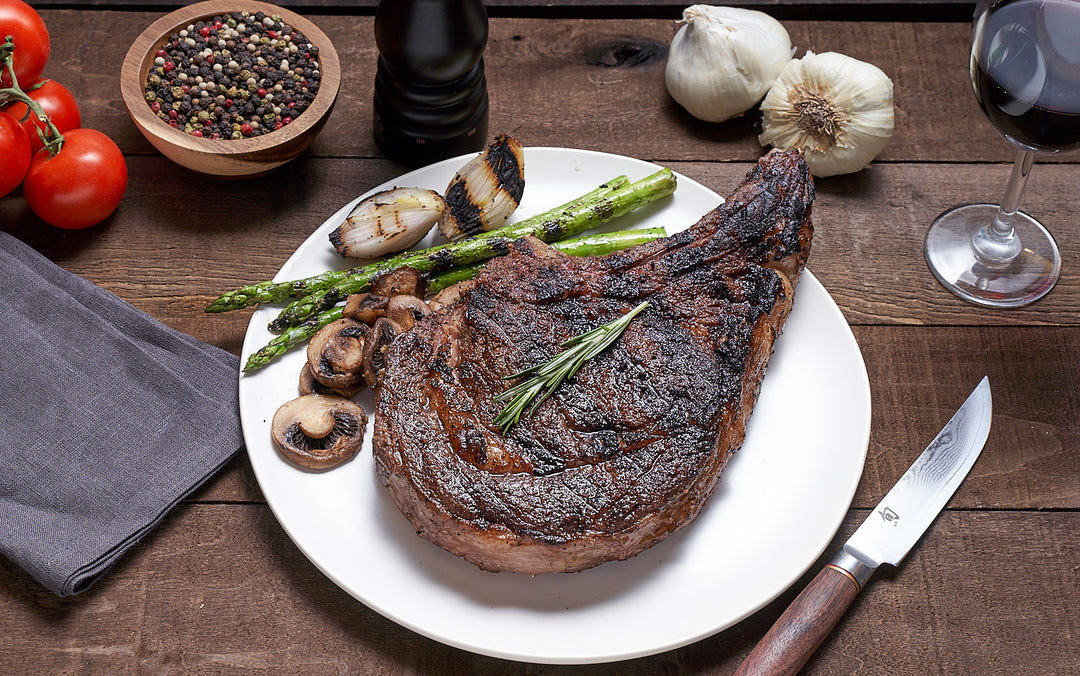
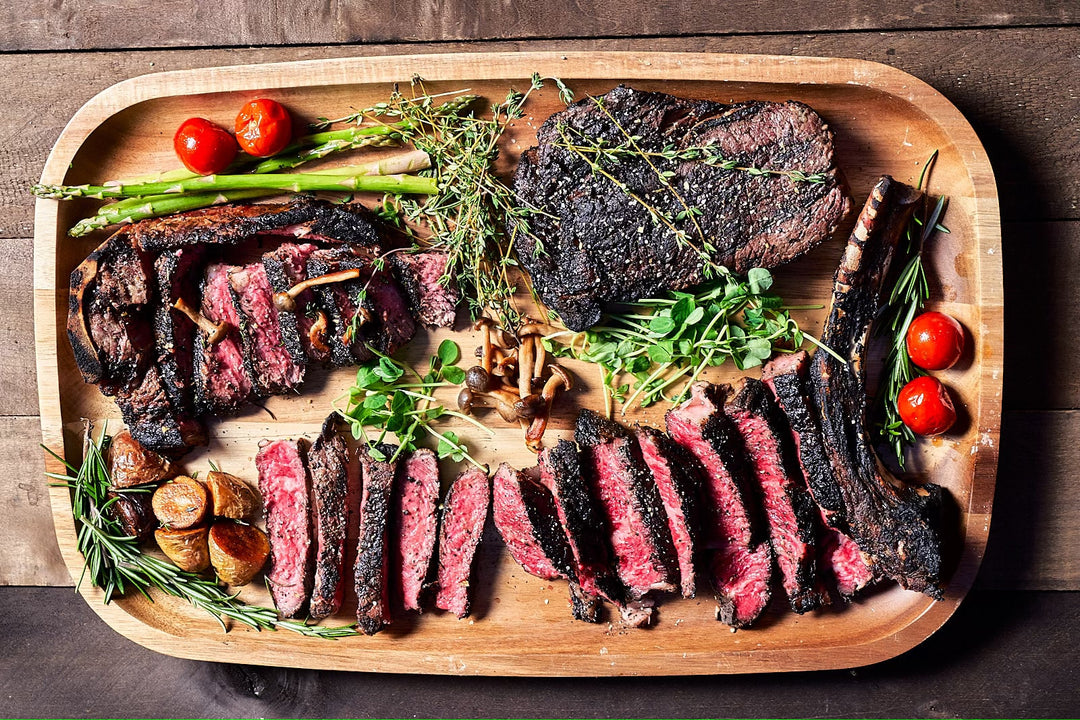
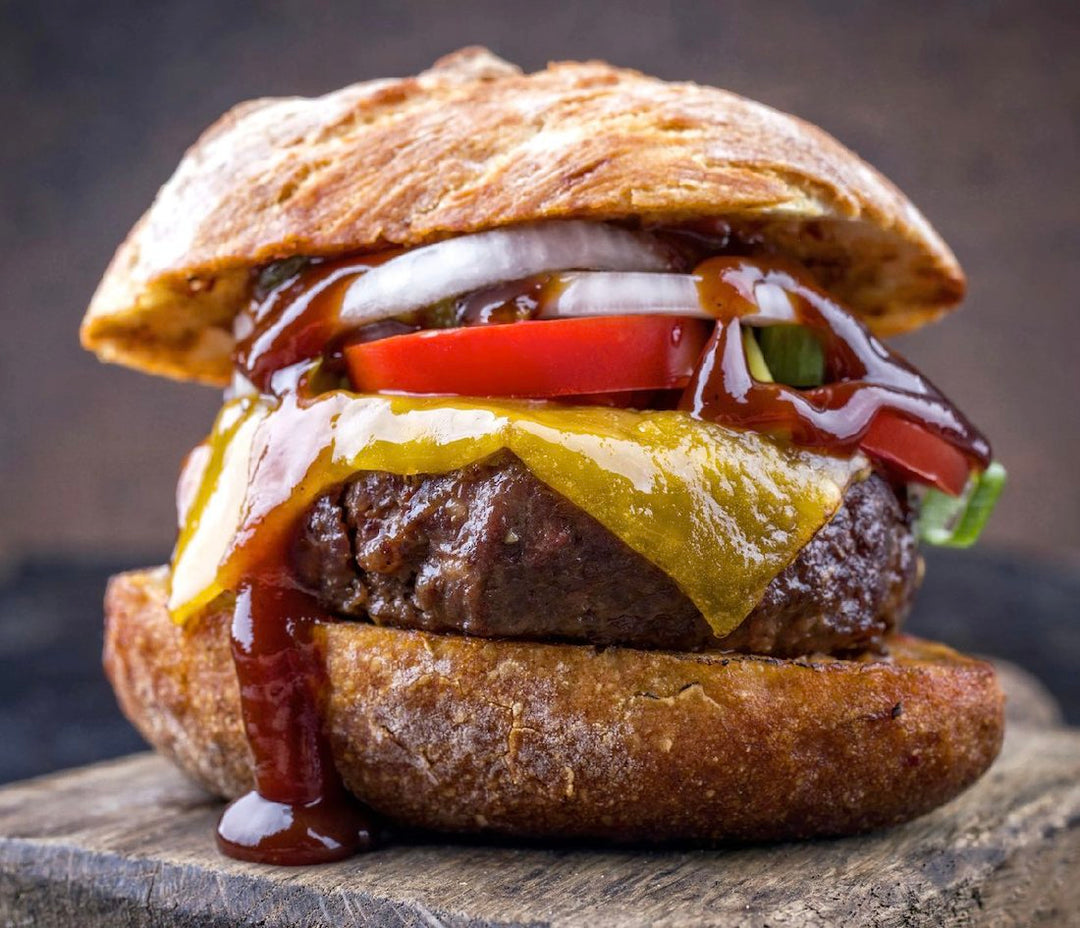


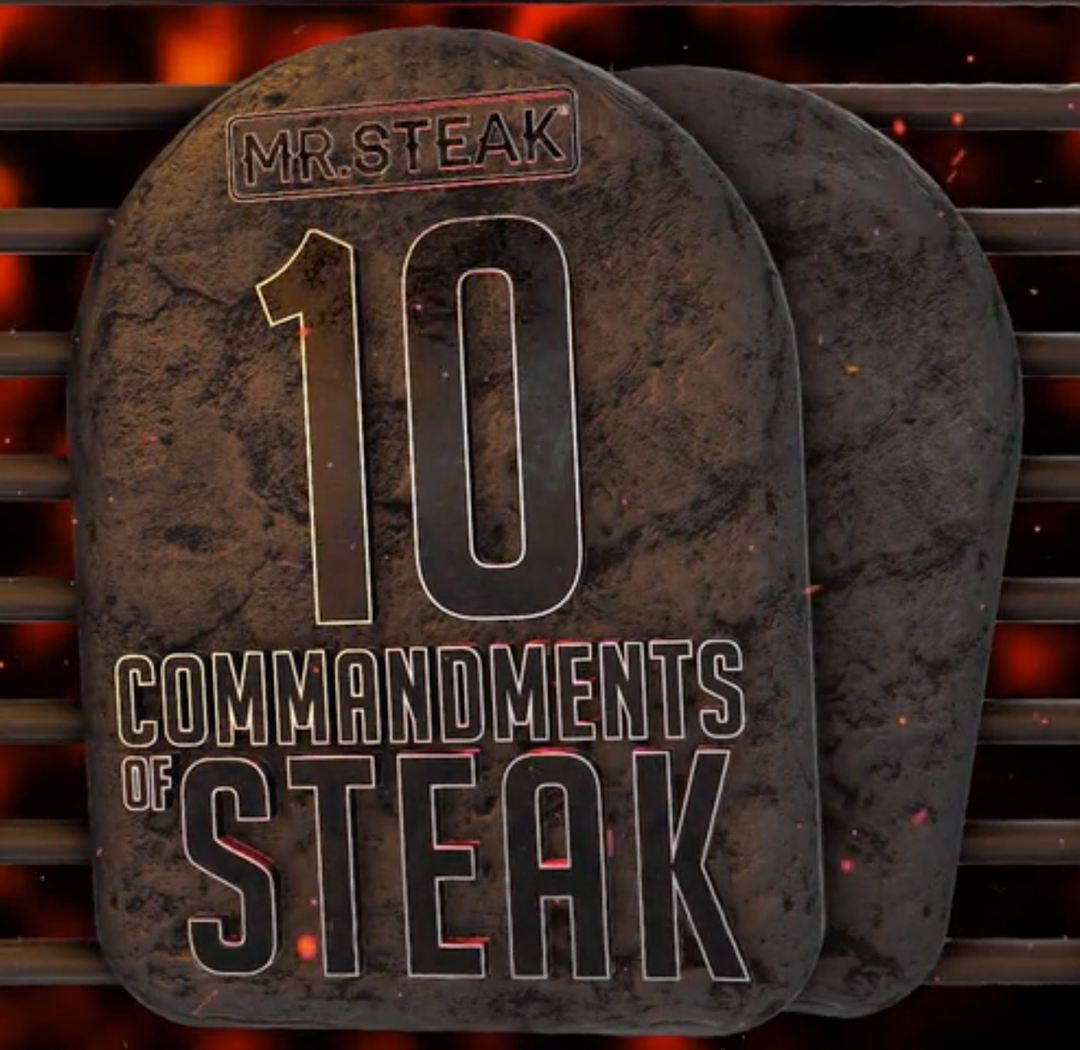
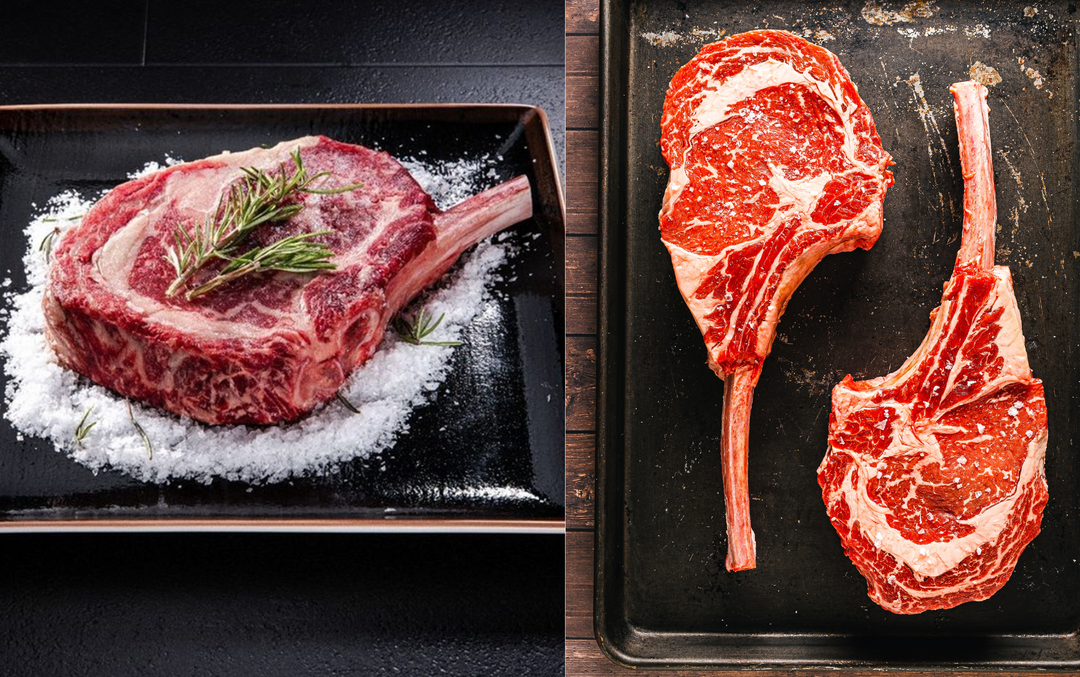
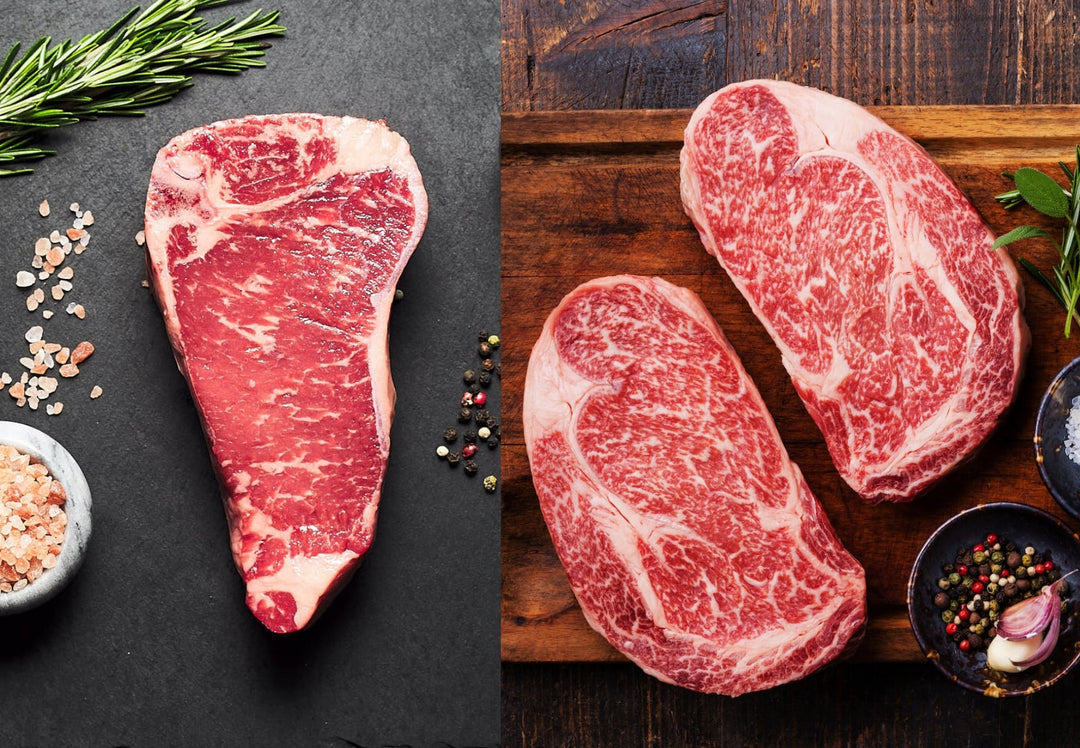
Leave a comment